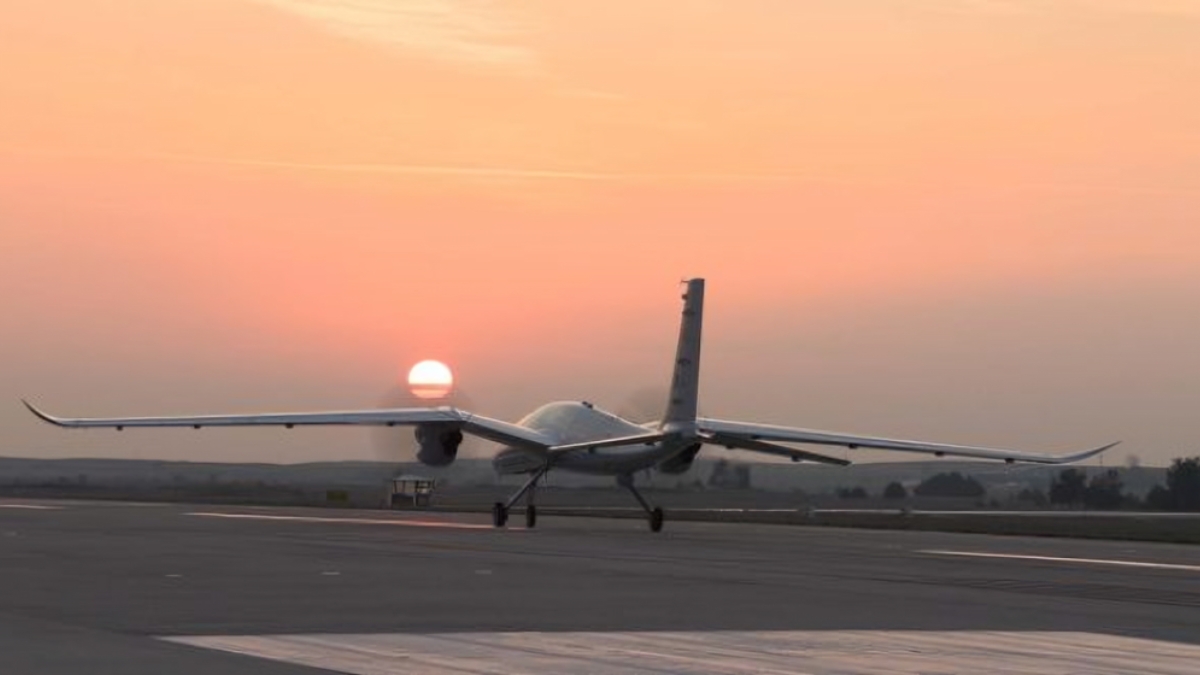The tide in Sudan’s civil war is turning in favour of the North African nation’s army. They have managed to stop the rival paramilitary Rapid Support Force (RSF) in their tracks. Additionally, the Sudanese Armed Forces (SAF) have also regained territory around the capital.
The credit fo the success, in no small part, goes to Iranian-made drones, Reuters cited multiple sources as saying.
These drones have reportedly been acquired in the past couple of months.
How drones changed the Sudan civil war
In the first few months after the start of the war in April 2023, the SAF was using old drones alongside fighter jets and artillery batteries. These UAVs did not see much success. RSF fighters remained embedded in densely populated neighbourhoods in Khartoum and other cities.
Then, nine months into the war, the SAF got its hands on more advanced drones. This acquisition was a game changer.
For instance, in Omdurman, one of the three cities that comprise the Sudanese capital of Khartoum, the drones seemed to monitor RSF movements and target them using precise artillery strikes, according to residents cited by Reuters.
The impact of the inflow of these advanced drones in Sudan was immense. The territorial advances that the SAF made following their acquisition are the most significant since the start of the civil war.
Impact Shorts
More ShortsA droning presence in Africa
What is happening in Sudan is not a one-off situation. Advanced drones pouring in (and oftne changing how conflicts unfold) is a larger trend noticed across the continent.
In Ethiopia in 2021, there was a marked shift in a year-old civil war. The Ethiopian military announced a string of victories against the Tigrayan rebels, regaining its foothold on the battlefield. That was the courtesy of a fleet of combat drones supplied by Iran, Turkey, and the United Arab Emirates (UAE). The drones pummeled rebel forces, forcing them to retreat over 270 miles.
The Nigerian military has been using armed Chinese drones to counter Boko Haram in the country. In 2022, The country’s Chief of Air Staff Marshal Amao said that President Muhammadu Buhari had approved the acquisition of Chinese-made Wing Loong II drones.
Turkish drones are rather popular in the region, too. In May 2022, Niger acquired six Bayraktar TB2 drones for its military operations against insurgent groups in the area south of the Sahara Desert- the Sahel region.
According to a report by Janes, Burkina Faso last week revealed that it has at least two Turkish-made Bayraktar Akıncı drones. Morocco and Tunisia have also bought UAVs from Ankara.
Israel, one of the world’s largest exporters of military drones, is also an active, although discreet player in Africa. In fact, it helped Morocco become the first manufacturer of suicide drones in North Africa.
The United States, too, has deployed drones in Somalia, Seychelles, Djibouti, Ethiopia, and Libya among other countries. In many African nations, US drones function with operational support from the local government. Washington has constructed drone bases in countries like Nigeria and Djibouti.
These are just a few examples in a long list of African nations that have recently acquired advanced drones.
But why are these unmanned aircraft so popular in the region?
The game of drones
One of the most obvious reasons for the growing popularity and number of drones in African nations’ inventories is their versatility and affordability.
For many impoverished African countries, drones are a good way to develop significant air power without incurring massive costs for acquisition, related equipment, and training. The ability to precisely strike targets when they least expect it is another advantage.
Then there are the vested interests of supplier countries like China, Israel, Iran, and the United States. Those vested interests ensure that African countries are able to acquire these drones.
Consider the presence of Iranian drones in Sudan, for example. Sudan is located on the coast of the Red Sea, which is now home to competing global interests, including those of Iran and Iran-backed Houthis, amid the Israel-Hamas war.
For Iran, supplying drones would be a great way to secure allies in the critical region. Additionally, Tehran can also ensure that the side it favours has an advantage on the battlefield.
For countries like the US and France, too, drone exports to Africa are about supporting their allies. Africa is a resource-rich continent with vast potential. Several strategic routes run through it. For Washington and Paris, it is desirable to have countries in Africa within their sphere of influence. In other words, it is about control in a geopolitically important region.
Turkey’s interests are not so different. Its cheap drone exports serve broader diplomatic objectives and foster economic and political partnerships, including soft power. Additionally, Ankara is trying to give impetus to its burgeoning drone manufacturing industry.
At the intersection of various national interests is the influx of more advanced drones into Africa. However, it has spurred off multiple threats to civilians, too.
Civilian deaths amid lack of accountability
There is evidence of drones in several African nations’ arsenals. However, beyond this, the information on how and when they are being used is scarce.
This is also true for armed drones, which are currently in possession of North African and Sahel countries such as Algeria, Egypt, Libya, and Nigeria. In Libya, armed drones have become the primary cause of its ongoing civil war.
Missiles from these drones and other weapons are known to cause damage to civilians, ambulances, and hospitals, according to a report by PAX for Peace.
The groups or government responsible for these attacks often do not take accountability for their actions, resulting in a troubling lack of responsibility for what can be seen as violations of international humanitarian law.
For now, the number of advanced combat drones and related civilian death toll in Africa continues to rise.
With inputs from agencies


)

)
)
)
)
)
)
)
)



